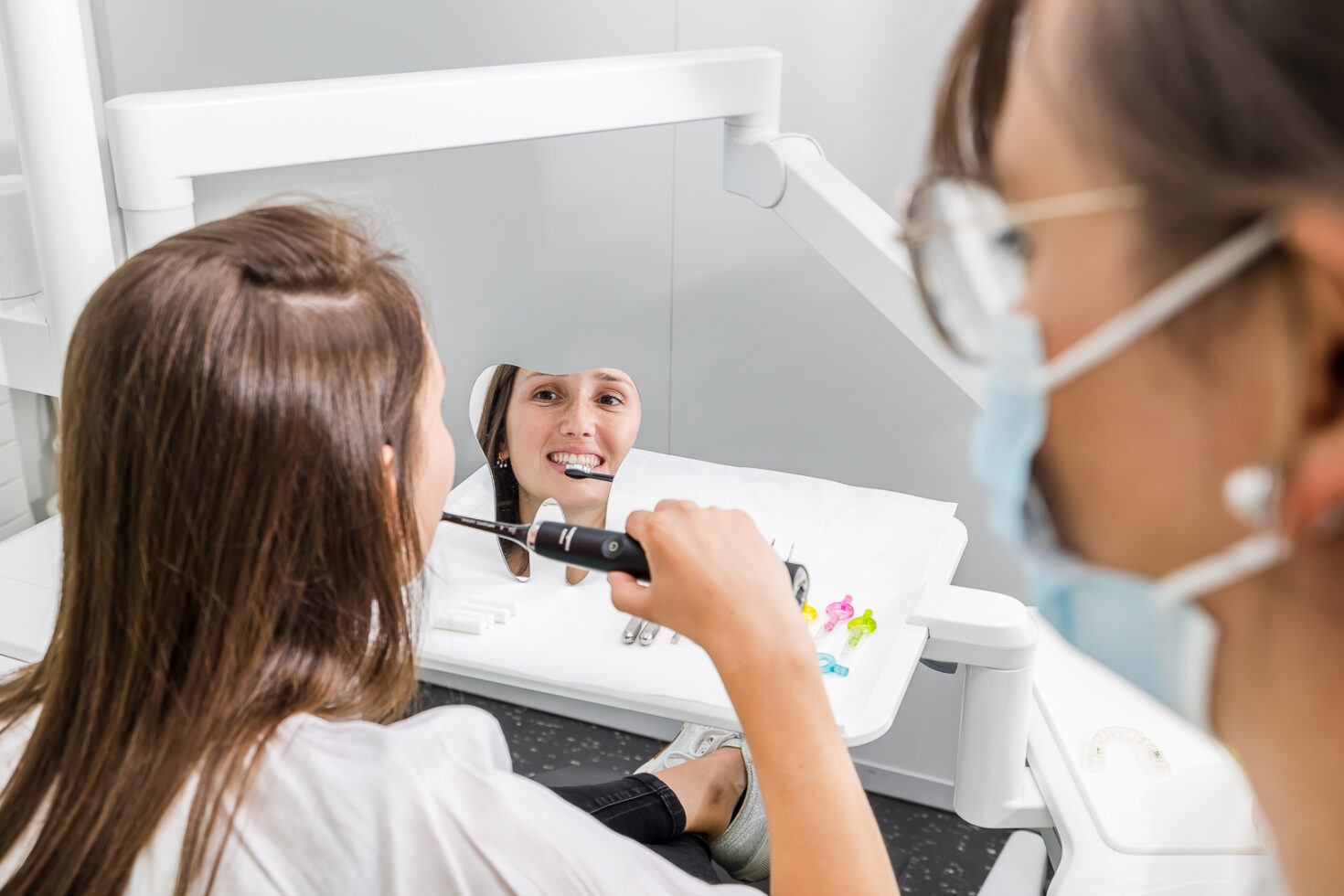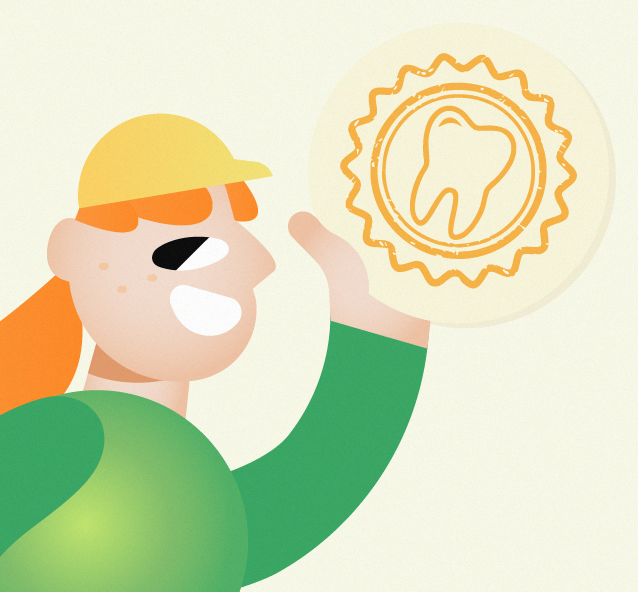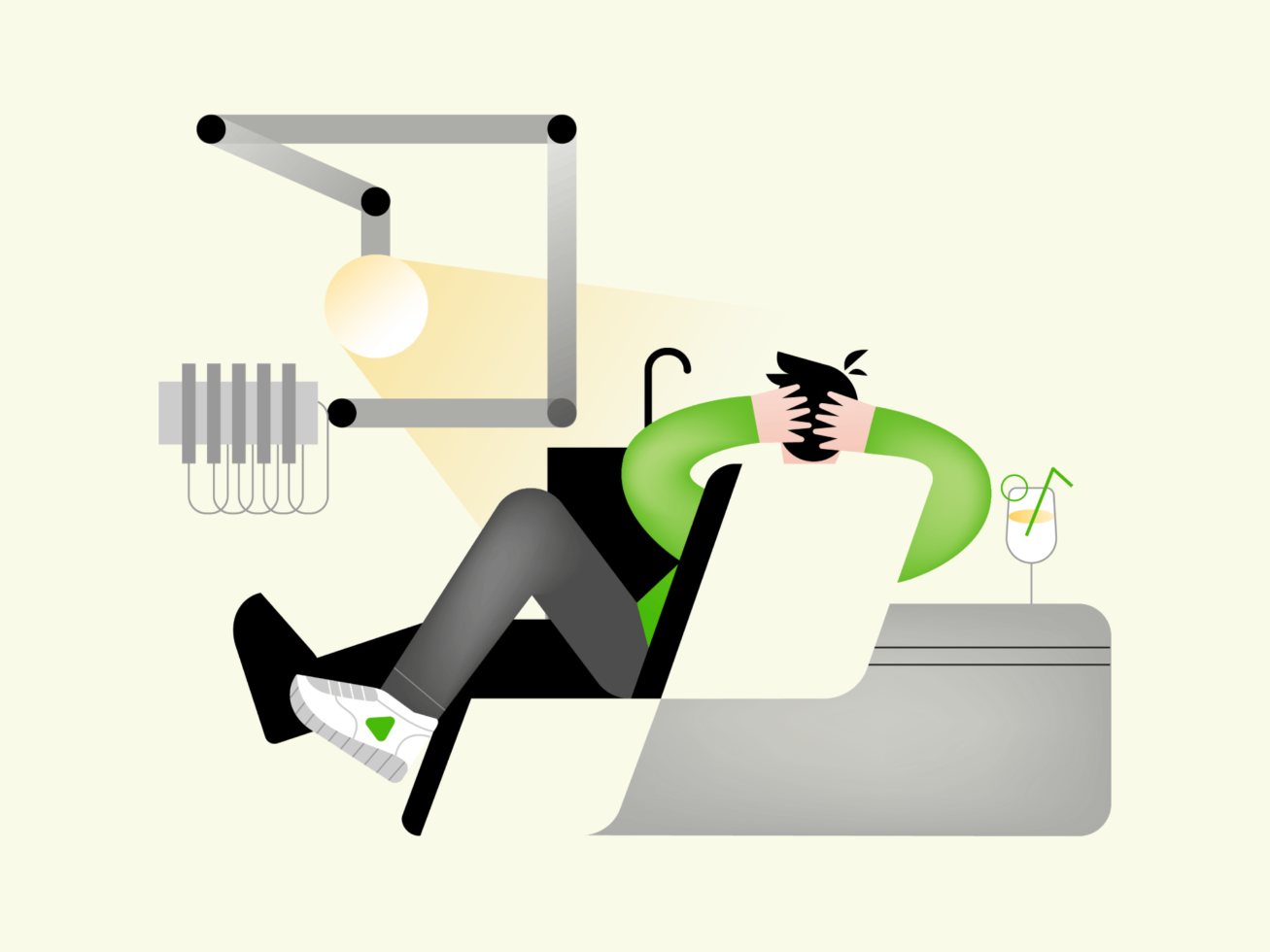Recommendations from our experts
We all want to do well and take proper care of our teeth at home. So we follow the advice of our dentist and dental hygienist by brushing our teeth at least 2x a day and flossing as often as possible, ideally 1x a day in the evening before brushing.
But our most important tools for taking care of our teeth remain our toothbrush and toothpaste! In this blog article, Adent gives you tips on how to properly choose your toothbrush and toothpaste.
Now it’s your turn!

FAQ – Everything you need to know about toothbrushes and toothpastes
Manual or electric?
A manual toothbrush is sufficient, but only for a diligent and accurate person! With a manual toothbrush, it is important that you brush your teeth from the gums to the teeth in a “rolling” motion, for 3 min.
If you decide to use a manual toothbrush, choose one with soft synthetic bristles and a short head so you can reach deep into your mouth. Toothbrushes with hard bristles can abrade the teeth and cause the gums to recede if you go at it a little too hard.
A manual toothbrush is cheaper and doesn’t need to be charged, so it’s especially handy when traveling.
An electric toothbrush has the advantage of removing much more plaque than a manual toothbrush, for the same amount of brushing time. Adent recommends it because an electric toothbrush is less strenuous than your manual toothbrush! The most advanced electric toothbrushes are “sonic toothbrushes” that vibrate 30,000 times per minute. They are very easy to use.
The electric toothbrush is more expensive, heavier, bigger and you have to charge it! It has its disadvantages, that’s for sure, but at home, these disadvantages hardly matter in the end. Why not opt for an electric toothbrush for home and a manual toothbrush for on the go? That way you have the best of both worlds.
How to choose the right toothpaste?
Toothpaste alone does not clean the teeth! The toothpaste is there to remove the plaque by containing small abrasive particles and fluoride in the toothpaste.
When choosing a good toothpaste, we recommend that you look for two things:
- Fluoride: Fluoride is a natural trace element that prevents tooth decay and strengthens adult and children’s teeth.
- Abrasiveness: a toothpaste should not be too abrasive, otherwise it can damage tooth enamel. To check the abrasiveness, you should look at the “RDA” value (Relative Dentine Abrasion). The higher this value is, the more abrasive the toothpaste is and the more dangerous it is for your teeth. A good toothpaste for your teeth should have an RDA value between 20 and 60.
How to use your toothpaste and toothbrush properly?
Choose a toothpaste that is tailored to your needs! It sounds obvious, but remember to choose a desensitizing or “special toothpaste” if you have problems with your gums.
Be careful with toothpastes that whiten your teeth. They can damage your teeth and make them look dull. Get advice from your dental hygienist on your next visit!
Choose a toothpaste that is appropriate for your child’s age. Also, adjust the amount of fluoride while developing flavors to make the toothpaste taste better.
A small dose of toothpaste is enough! One grain of rice once a day for children under 3 years old, one grain of rice twice a day for children between 3 and 6 years old, one pea two to three times a day for children over 6 years old and for adults.
Do not rinse your mouth thoroughly at the end of brushing! Adent also recommends that you supplement your cleaning with a fluoride mouthwash and flossing 1x a day.
Make an appointment now at the clinic nearest you!
Find my dental clinic




